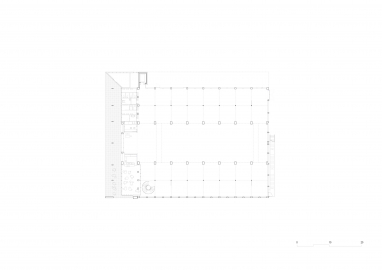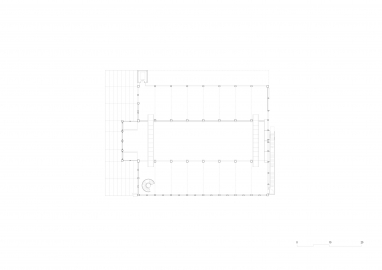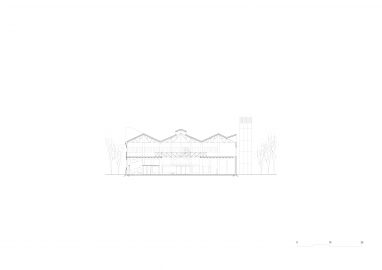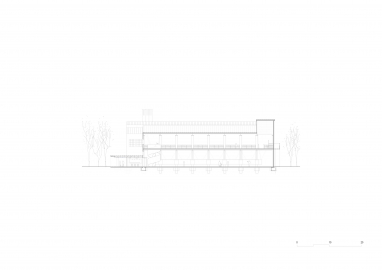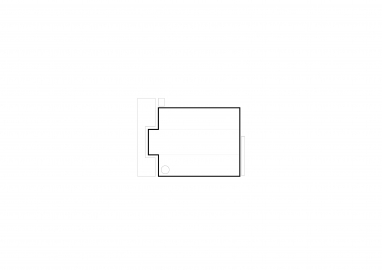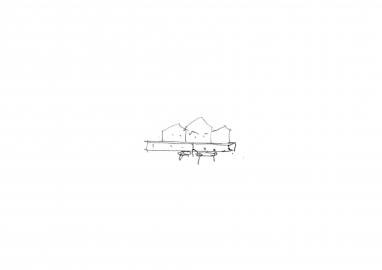Oliva Artés Museum
MUHBA Oliva Artés. Barcelona History Museum
Recovery and transformation of an old 1920 industrial building into a Museum, highlighting its unique configuration in three naves and interior textures, adding new layers to adapt it to its new use.
The Oliva Artés industrial building was to be demolished in 2008 to make way for the new Poble Nou Central Park, which was to cut off the historic Pere IV street's continuity to which the building is intimately linked. A few days before the entrance of the excavators, a neighbourhood association, dedicated to the industrial heritage of Poble Nou, convinced the town council of the need to preserve the building, which was in a state of structural ruin.
The original project was born out of a competition held in 2009 and aimed to preserve the building's very particular character, especially the richness of its interior space since the exterior had always been surrounded by outbuildings. The project is based on adding the very minimum for its operation, built in a single gold material, which adds a new layer to the ensemble.
A new porch, affixed to the entire length of the main façade, is added to the heritage building in a strategy similar to that of other pieces in the past, seeking an open relationship between the museum and the park.
The austerity immediately following the drafting of the first project led to its fragmentation into different priority-driven phases, which forced us to strip the proposal of everything not strictly necessary, giving the building a simplicity that enhances the existing architecture.
We covered the windows with translucent panels, protecting the original woodwork until restoration. We darkened the room with simple raffia awnings, replaced the roof and laid a concrete floor. The facility was already open to the public—albeit with no air conditioning—with many exhibitions and conferences.
A lift and a staircase to access the loft floor and the porch and a bar have been built recently.
All this comprises a piece halfway between a building and a pavilion, still unheated and in constant renovation, which hosts all kinds of cultural activities, conferences, exhibitions, concerts and films, demonstrating the value and richness of architectural recycling.
Part of the intervention merges with the original building; some railings, one of the walkways, the roof, the floor and the window protections. Others, on the other hand, can be seen in the unique gold-plated galvanised steel used to build the staircase, the second of the walkways, the lift and the porch, with the firm intention of being the figure on this industrial background, to which they nevertheless belong.

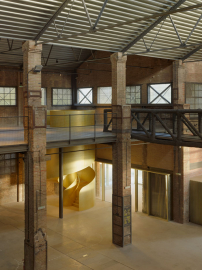 © Gregori Civera
© Gregori Civera
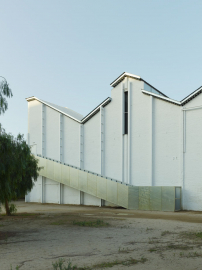 © Gregori Civera
© Gregori Civera
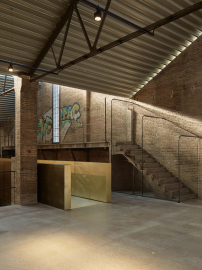 © Gregori Civera
© Gregori Civera
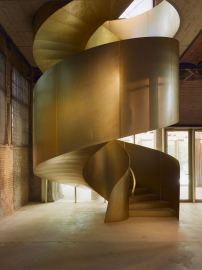 © Gregori Civera
© Gregori Civera
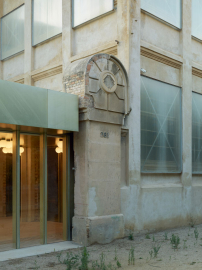 © Gregori Civera
© Gregori Civera

